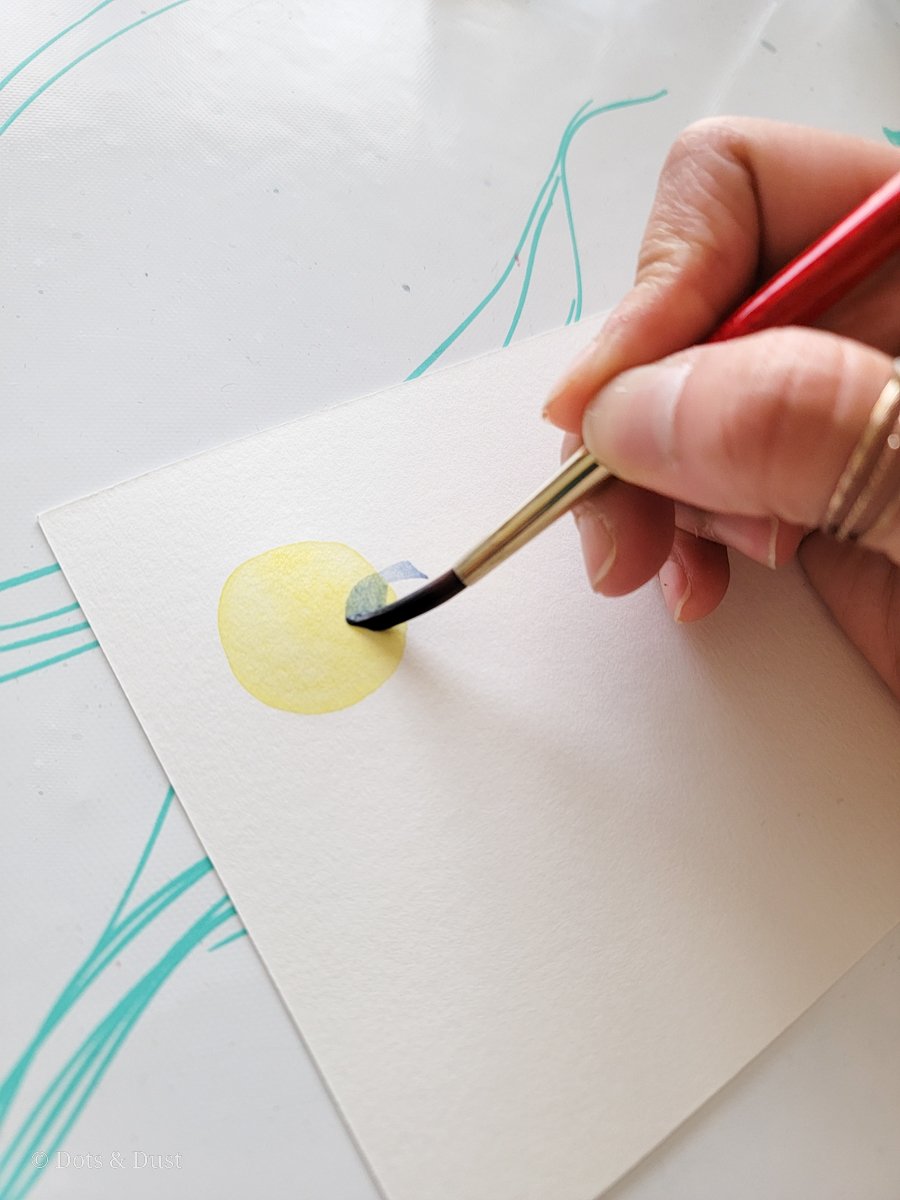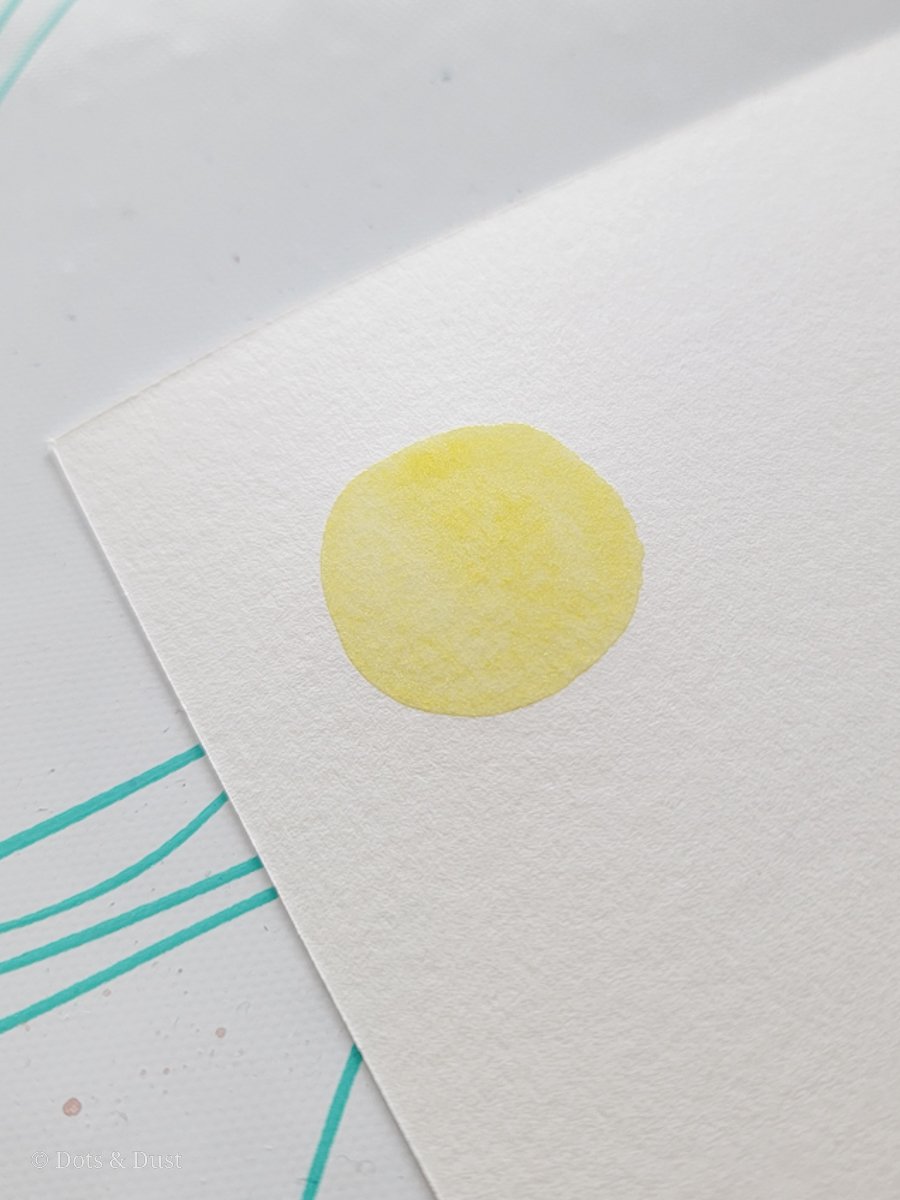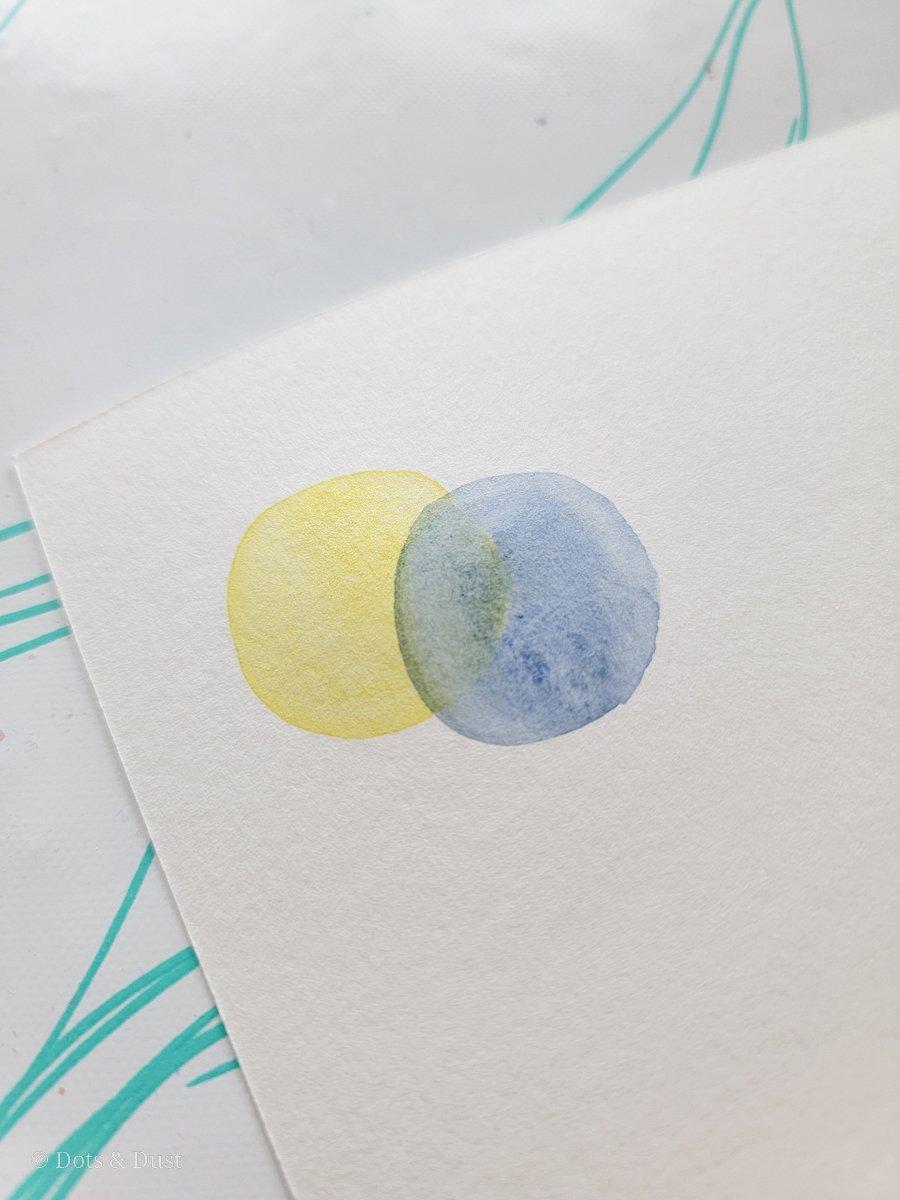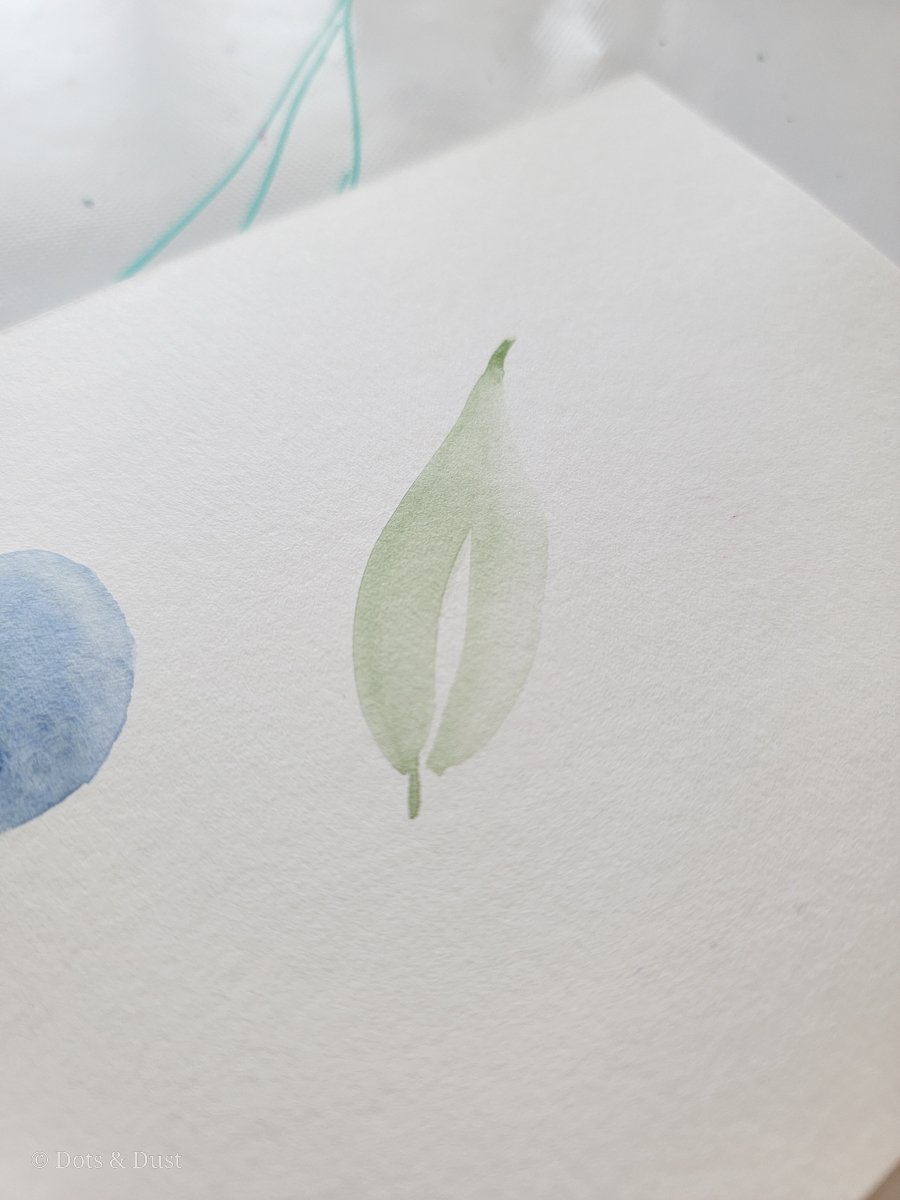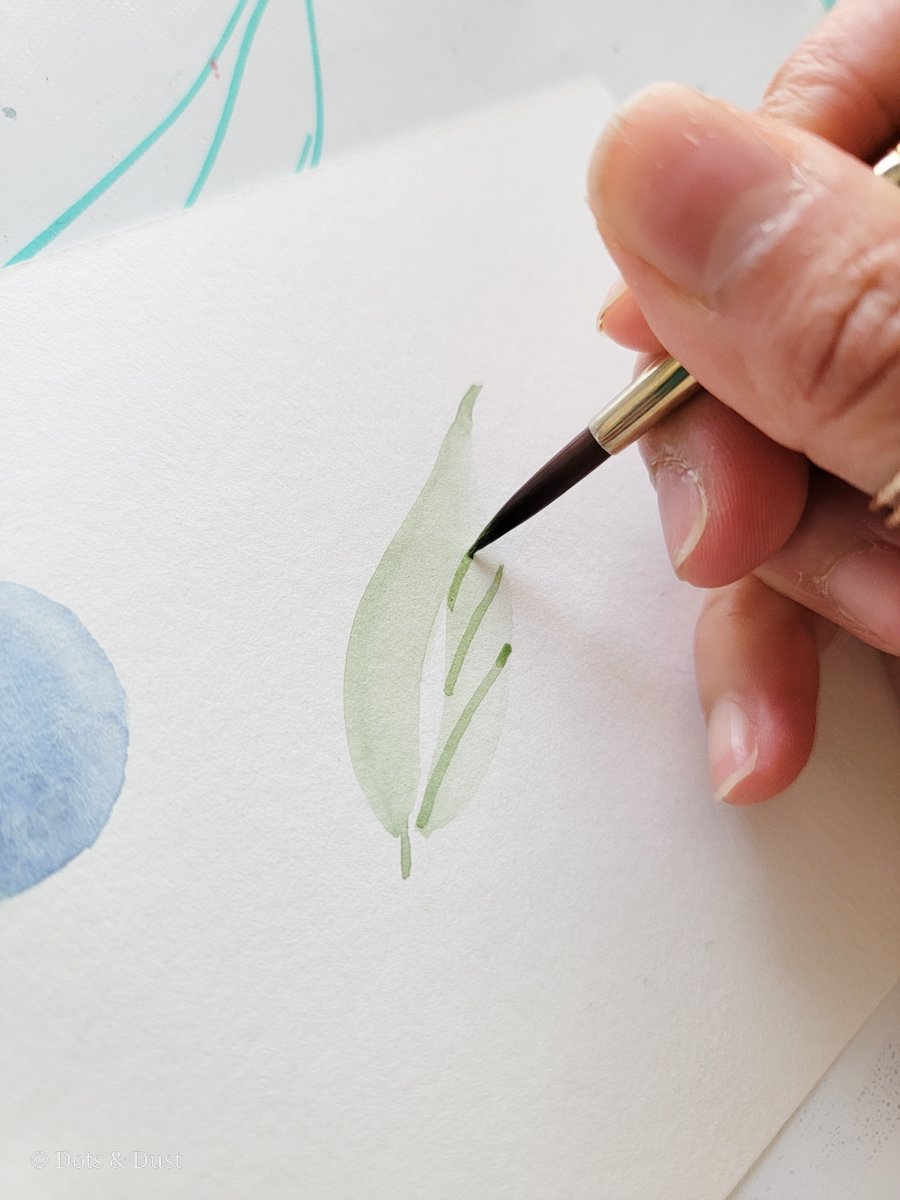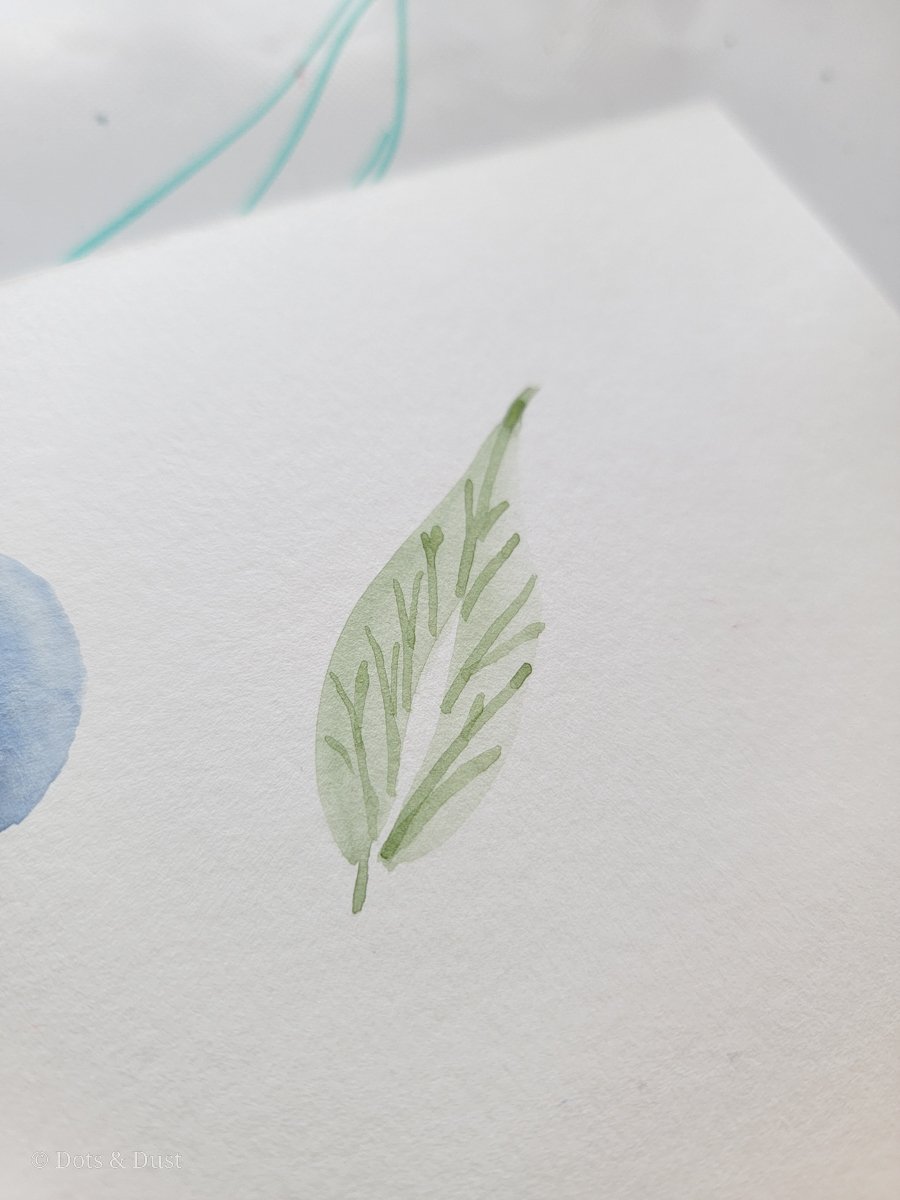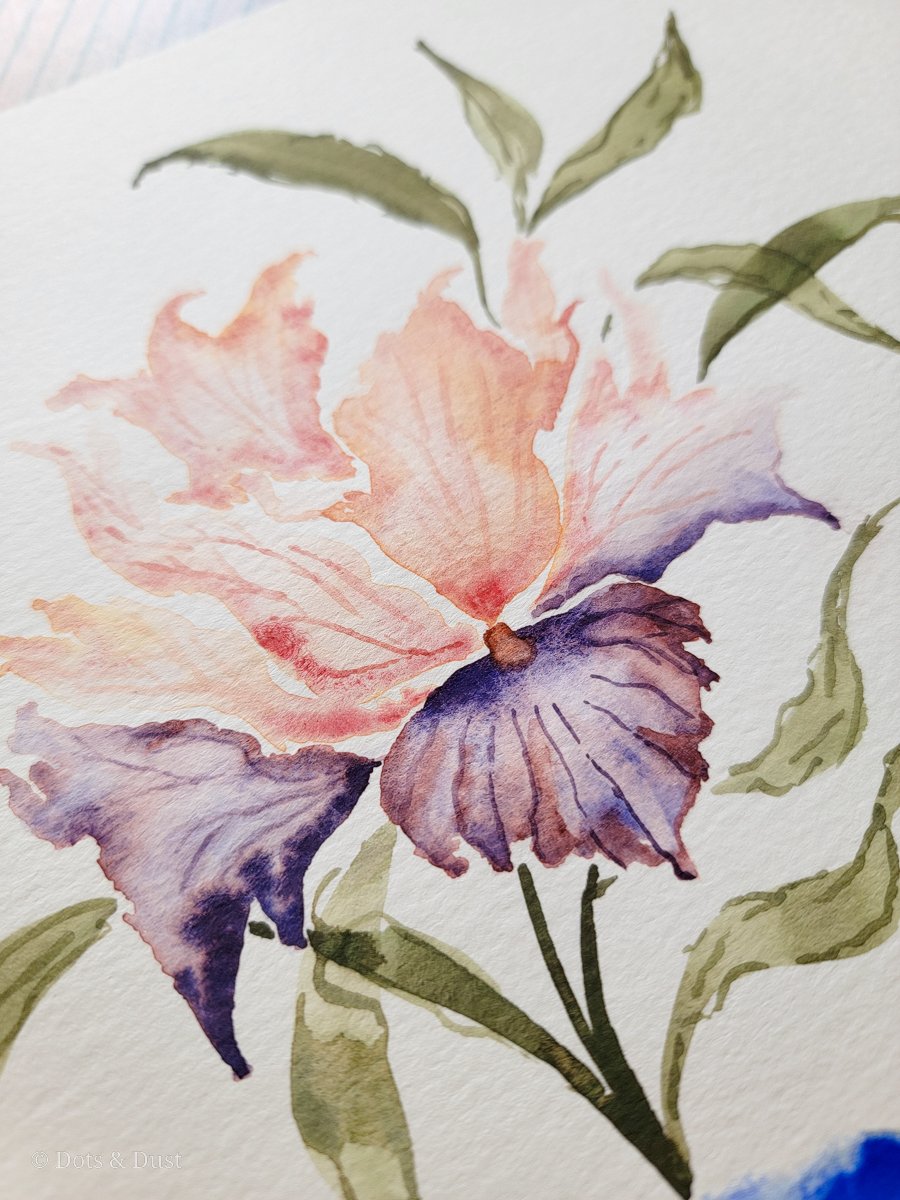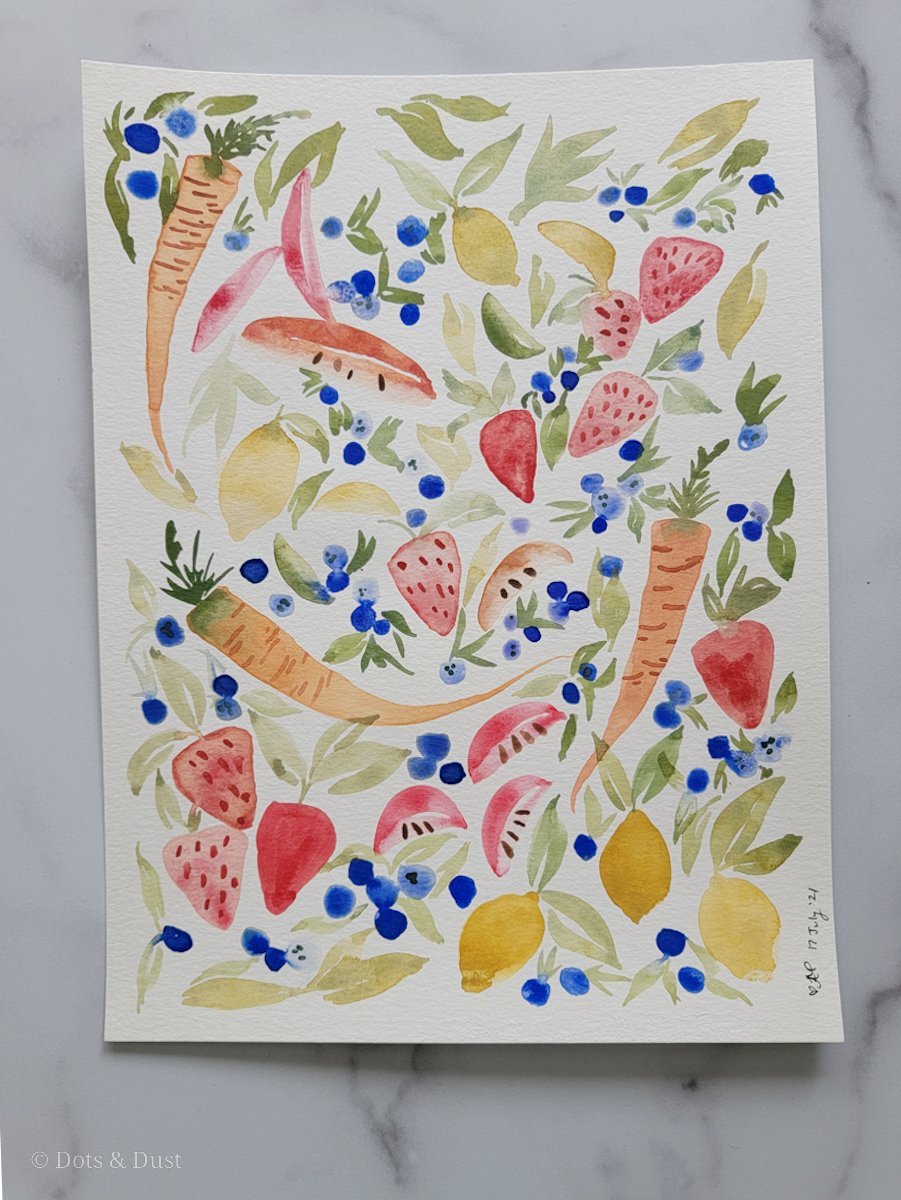Watercolor Basics: Wet on Dry Technique
Disclosure: This post may contain affiliate links, meaning, at no additional cost to you, I will earn a commission if you choose to click through and make a purchase.
Last week on the blog, I spent some time going over the wet on wet technique of watercolor. This week, I want to dive deeper into the wet on dry technique. I will be explaining exactly what it is, how to execute it, and why it is the best method for adding depth and detail to your watercolor pieces.
Here is a video where I demonstrate this technique for you:
What is the wet-on-dry technique & how do you use it?
The wet-on-dry technique is when you apply wet paint to a clean sheet of paper OR an already dried layer of paint.
So essentially anytime you are placing wet paint onto dry watercolor paper, you are executing the wet-on-dry technique.
Glazing
When you paint a layer of one color, let it fully dry, and then paint a layer of another color on top, this method is called glazing.
Here you can see where I have painted a yellow circle. Once that circle was fully dry, I painted a blue circle on top. If you look closely, you can actually still see the yellow circle shining through the blue, and where the two overlap the color has taken more of a greenish tint. The transparent character of watercolors is what makes this technique possible.
If you look closely in the picture below of my blue pumpkin, you can see that there is a faint bit of yellow behind the blue hue. Glazing was used to add contrast and depth to the pumpkin. The pumpkin feels to pop off the page and looks more realistic and less flat.
Details
You can also use the wet-on-dry technique to add small details to your work. For florals, I love to use this technique to add veins to my leaves.
In the two Jenna Rainey projects that I painted, you can see that wet on dry technique was used to add slight creases in the petals of the Bearded Iris and add some creases in the carrots and seeds to the strawberries. Having these tiny details adds contrast, playfulness, and transforms the style from loose to more realistic.
And that’s it ladies and gents! Now you are fully versed in both the wet-on-wet and wet-on-dry watercolor techniques.
Piece of cake, right?
So grab those paint brushes and get to practicing!


